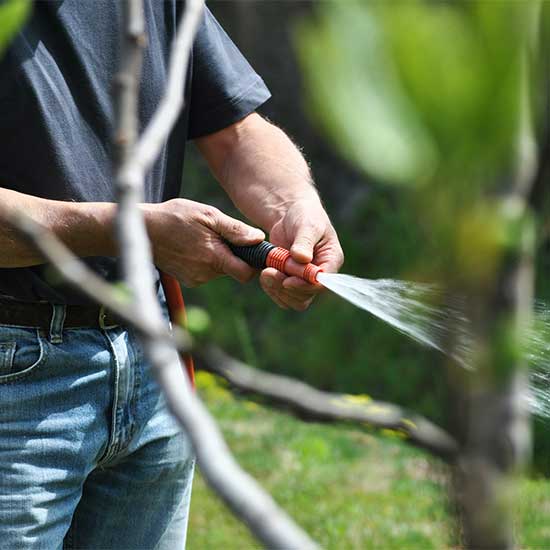Service

Green Technology

Green Technology: Building a Sustainable Future
Green technology, also known as clean technology or environmental technology, refers to technologies designed to reduce the environmental impact of human activity. It encompasses a wide range of innovative solutions that aim to address various challenges, including:
- Climate change: Green technologies like renewable energy (solar, wind, geothermal), energy efficiency, and carbon capture and storage play a crucial role in mitigating climate change by reducing greenhouse gas emissions.
- Pollution: Green technologies aimed at waste management, water treatment, and pollution control help to reduce environmental pollution and its associated health risks.
- Resource depletion: By promoting resource conservation, sustainable materials, and circular economy principles, green technologies help to preserve natural resources for future generations.
Here are some of the key areas of green technology:
Renewable Energy:
- Solar energy: Converting sunlight into electricity using photovoltaic panels or concentrated solar power plants.
- Wind energy: Generating electricity using wind turbines.
- Geothermal energy: Harnessing the Earth's heat to generate electricity and heat buildings.
- Hydropower: Utilizing the energy of moving water to generate electricity.
- Bioenergy: Generating electricity or heat from organic materials like biomass, biogas, and biofuels.
Energy Efficiency:
- Smart grids: Optimizing the electricity grid to improve efficiency and reduce energy waste.
- Energy-efficient appliances and buildings: Utilizing designs and technologies that consume less energy.
- Green transportation: Promoting electric vehicles, public transportation, and other sustainable modes of transport.
Resource Management:
- Waste reduction and recycling: Minimizing waste generation and maximizing recycling of materials.
- Composting and anaerobic digestion: Converting organic waste into valuable resources like compost and biogas.
- Water conservation: Implementing methods to reduce water consumption and promote water reuse.
Pollution Control:
- Air pollution control: Technologies like catalytic converters and filters reduce emissions from vehicles and industries.
- Water pollution control: Treatment plants and technologies remove contaminants from wastewater.
- Soil remediation: Techniques like bioremediation are used to clean up contaminated soil.
The benefits of adopting green technology are numerous:
- Environmental protection: Reducing pollution, conserving resources, and mitigating climate change.
- Economic growth: Creating new jobs and industries in the green sector.
- Improved public health: Reducing air and water pollution leads to healthier communities.
- Energy security: Reducing reliance on fossil fuels and diversifying energy sources.
Challenges and opportunities:
Despite its potential, green technology faces challenges like high initial costs, technological limitations, and lack of infrastructure.
However, ongoing research and development are continuously making green technologies more affordable, efficient, and accessible. Additionally, government policies and incentives are encouraging the adoption of green technologies across various sectors.
As we move toward a more sustainable future, green technology will play a critical role in building a healthier planet and ensuring a thriving future for generations to come.
Here are some resources to learn more about green technology:
- Websites:
- Books:
- "The Green Economy" by Lester R. Brown
- "The Planet Remade: How Geoengineering Could Change the World" by Oliver Morton
- "Drawdown: The Most Comprehensive Plan Ever Proposed to Reverse Global Warming" by Paul Hawken
By embracing and investing in green technology, we can build a cleaner, healthier, and more sustainable future for ourselves and generations to come.
Related Services

Landscaping
Landscaping is the art and science of designing and modifying the visible features of an area of land. It includes everything from planting trees and shrubs to installing patios and walkways.
Read More
Pruning plants
Pruning is a vital practice in garden maintenance, shaping plants, encouraging growth, and enhancing their appearance. By strategically removing parts of a plant, you can promote better air circulation, prevent disease, and stimulate new growth.
Read More
Irrigation & Drainage
Both irrigation and drainage play crucial roles in maintaining a healthy and productive garden. While irrigation provides water to plants, drainage ensures excess water doesn't harm them.
Read More